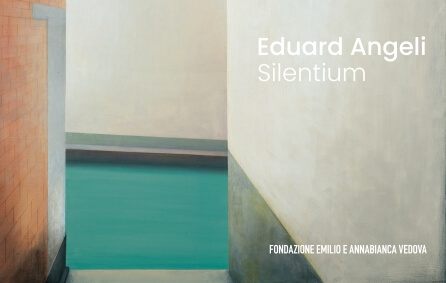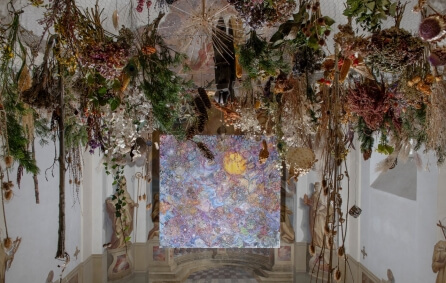SCULPTURES & PAINTINGS 2020
Österreichische Kunst des 20. und 21. Jahrhunderts im internationalen Kontext
Following the large spring exhibition "The Awakening - Austrian Art from 1945 to 2020", the gallery is devoting a major focus in September to sculptural work from 1945 onwards. As the first rector of the Vienna Academy of Fine Arts after the Second World War, Herbert Boeckl had brought the great Fritz Wotruba back from exile in Switzerland. As head of the sculpture class, he was to have a lasting influence on the generations that followed him. The so-called Wotruba School is unique in its unity, even internationally, and due to the enormous density of outstanding talent and their high-quality works, Vienna became a centre of sculpture in the post-war years. The exhibition features works by Wotruba's students Joannis Avramidis, Josef Pillhofer and Wander Bertoni, as well as an important bronze by Fritz Wotruba himself. Human figures are constructed here from basic geometric forms, whereby the rather angular formal language of the teacher sometimes gives way to a softer, more flowing design.
In 1977 Bruno Gironcoli took over the sculpture school at the Academy as Wotruba's successor. With him came a freer use of a wide variety of materials. Whereas stone and bronze had previously been the sculptors' preferred materials, Gironcoli's students, such as Peter Sandbichler, who is represented in the exhibition with several works, experimented with a wide variety of plastics, such as wood, iron and aluminium. The repertoire of forms is also growing. In addition to the human figure, new questions and thus a broader scope for interpretation come into focus. Object art penetrates into unprecedented areas, it descends from the pedestal and steps out of the museum into the real space. Erwin Wurm has taken this principle to the extreme. The exhibition will feature new glass sculptures in which seemingly familiar things, torn from their context, take on a new life. We must learn to understand the world anew and are urged to question even the most familiar things, indeed our entire reality.
Works in glass can also be seen by Kiki Kogelnik, and Renate Bertlmann, as well as by one of the also internationally most important sculptors, Tony Cragg. Artists such as Ai Weiwei and Christo are treading new radical paths, questioning the meaning of everyday objects and demanding different ways of looking at them by using them for other purposes or by covering them.
In the exhibition, sculptural works are juxtaposed with painterly positions in an exciting way and often both aspects are combined in the work of one artist. Thus, artists such as Gunter Damisch and Jakob Gasteiger work in both the pictorial and sculptural fields. The juxtaposition of both genres from a single source provides exciting insights into the approach of these artists.
Another highlight is a major work by Maria Lassnig from 1985, "Death is a Sphinx", in which the artist takes up fundamental themes such as death and sexuality in the form of that enigmatic Egyptian mythical figure and masterfully depicts herself as the embodiment of all the associated feelings and torments in extremely expressive colour.



